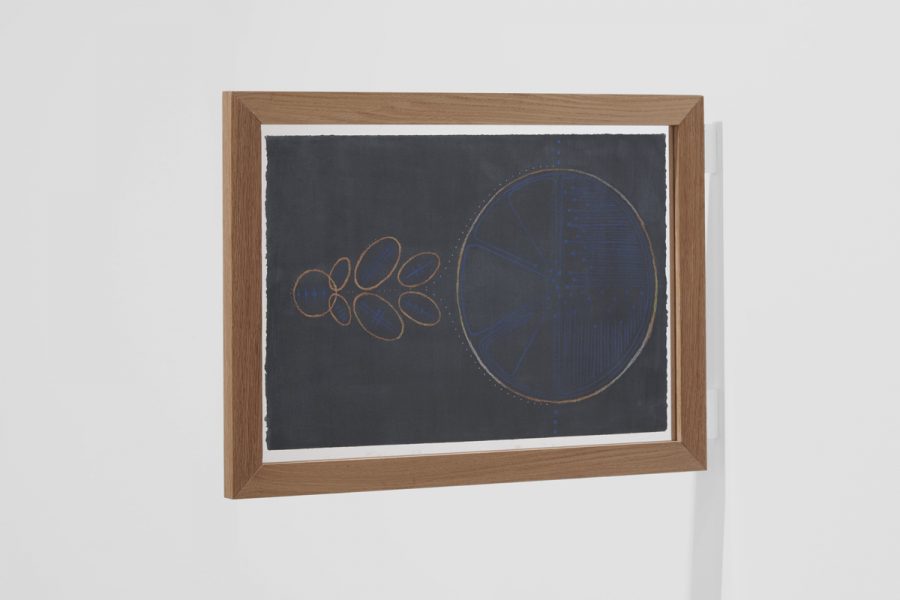What is biomimicry?

Biomimicry is the process of mimicking biology. Or borrowing design ideas from nature.
It stems from the idea that processes in nature work really well. It makes sense for us to take inspiration from nature when we are thinking about designing things.
Designers, engineers, architects, and innovators across the world are using biomimicry to find design solutions by applying nature-inspired strategies to design.
Our current exhibiting artist Johanna Unzueta is really interested in links between manufactured objects and the natural world. More on that below…
…But first, here are some examples of biomimicry design solutions:
Bullet trains inspired by Kingfishers
The Japanese bullet train was going so fast through tunnels that the noise it made was deafening. So engineers took inspiration from kingfishers. Kingfishers have large heads and narrow pointy beaks, which allow them to enter the water at speed without making any noise or splash, to catch fish.

By mimicking the shape of the kingfisher’s beak in the design of the train, the problem was solved. The new bird-like bullet train model passes through tunnels at high speed, without all the noise.
Underwater communication inspired by dolphins

Scientists have learnt from dolphins about ways of communicating underwater.
Dolphins chirp and sing across a broad frequency bandwidth, which compensates for interferences like echoes and noise. So scientists developed underwater sensors that can transmit frequencies similar to those emitted by dolphins.
These sensors can be used to detect underwater earthquakes and therefore aid in tsunami warning systems. They can also be used for guiding ships!
Nicer needles inspired by mosquitos
Scientists at Ohio State University are researching ways of creating pain-free needles and they’re taking inspiration from mosquitos.
The mosquito is able to puncture human skin with its needle-like proboscis without causing pain. The ‘design’ of their stinger works in several ways. It releases a saliva which numbs our feeling. It vibrates, which reduces the force needed to pierce the skin. And it’s serrated, which also, counterintuitively, makes it easier for them to pierce the skin.
If scientists could recreate the mosquito stinger as a needle, the fear of injections could become a thing of the past.

Johanna Unzueta and biomimicry
Johanna takes apart hardware tools, such as pipes and taps, and works out exactly how they work, before recreating them herself using natural materials such as felt. She observes the links between mechanical systems and shapes and structures in nature. For example hinge mechanisms that mimic the movement of an insect’s wings. Or everyday shapes that remind us of petal formations in flowers.

Not only is she giving these everyday objects value by taking time to examine and recreate them as art works, but she is also playing with the distinction between human manufacturing and natural systems. We are reminded that mechanical structures often exist in the natural world.
She reminds us that in most processes of production we are exploiting the natural world – for materials, fuel or labour. We are encouraged to consider everything that the natural world provides us with, and perhaps look to nature for solutions to humanity’s constant struggle to live and produce sustainably.

